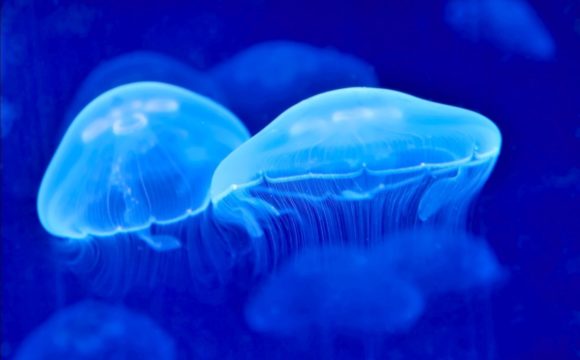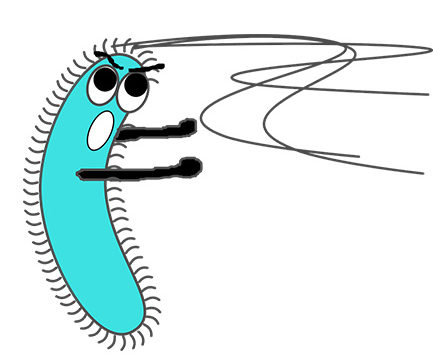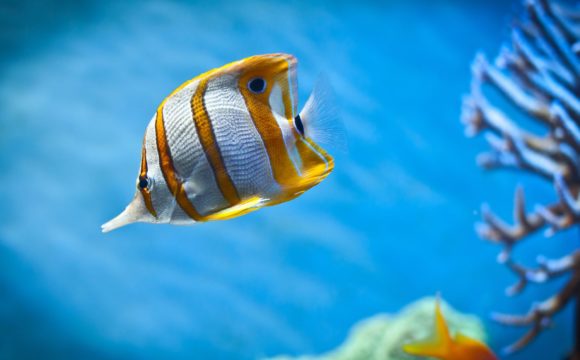The Danakil Desert is the desert area of about 136,956 square kilometers in the Northeast of the African country Ethiopia. It is one of the hottest and lowest places on earth about 330ft (100m) below sea level & with temperature soaring 50 °C (122 °F). It receives about less than an inch of rainfall every year and is amongst the driest place on earth. The geology of the place is characterized by volcanic activity, various climate cycles, and discontinuous erosions. Toxic Hydrogen sulfide and chlorine gas are omnipresent in the region. It is undoubtedly one of the most isolated and least studied places on earth.

Danakil Depression
(Source: all-that-is-interesting.com)
The Desert also includes what is known as the Danakil Depression. This Depression is also called ‘gateway to hell’ and is characterized by fierce volcanic eruptions, hot springs and Yellow lake consisting of the pure sulphuric acid with an average pH of 0.2. This region seemed to have developed when Africa separated from Asia. Although it is remote the local tribe of ‘Afar’ lives there and do salt mining activity as the region is full of deposits of mineral salts forced to the surface. Many visitors in the past have been kidnapped and killed. Astrobiologist (people who study the origin, evolution, distribution, and future of life in the universe) have been curious to explore life in this region. They have been collecting samples from the hot springs and pools while keeping in mind that they cannot take refrigerator or any other chemical to preserve these samples.
University of Bologna in Italy has been conducting expeditions in Danakil since 2013. Barbara Cavalazzi who is an Assistant professor in the department of Biological, Geological and Environmental Sciences at the University along with her team was the first to identify life in Danakil as recent as March 2017. The team successfully extracted the DNA and classified the organisms as “polyextremophiles”, as these organisms have managed to adapt and thrive in extreme acidity, high temperatures and high salinity all at the same time. The findings of the research are as of now unpublished. This particular lake from which bacteria was isolated had a pH of Zero.

Barbara Cavalazzi
(Source: rosaeproject.org)
The evolution these organisms have gone through is stunning. One has to keep in mind that high temperatures can break apart the chemical bonds of cell membrane while an excess of the salt (hypersalinity) can cause the flushing out the liquid from the cells causing the cells to shrink and die.
Organisms which have been discovered in other hydrothermal regions of the world like the Yellowstone in the USA have developed proteins and enzymes which are more chemically inert and have a greater number of chemical bonds in their cell membrane. These microbes at Danakil may have developed similar abilities according to Cavalazzi.
Cavalazzi believes that microbes have a great diversity of metabolism and extraordinary physiological abilities which make them endure such extreme conditions in desert habitats. Scientists must explore these regions and generate more information in order to predict life in deserts or yet undiscovered regions not just on earth but even beyond. Just as she points out that the mineral deposits and sulfate deposits in Danakil are actually very similar to that of Mars!!!
Reference:
www.bbc.com/future/story/20170803-in-earths-hottest-place-life-has-been-found-in-pure-acid










